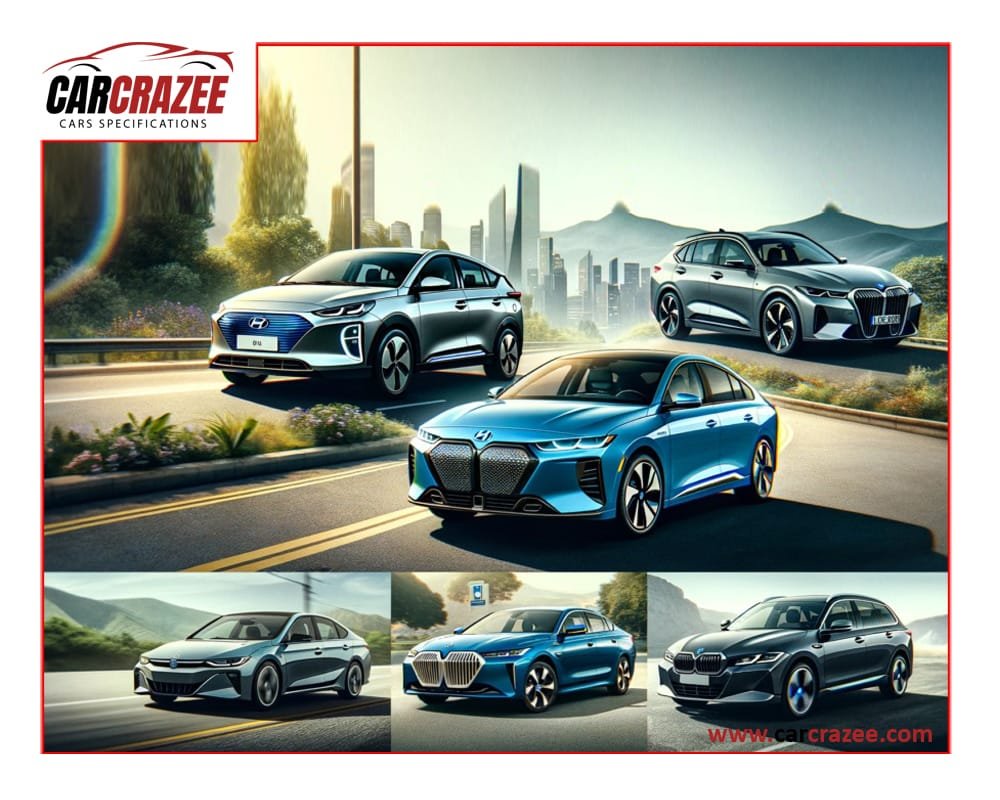Introduction
NATURAL TRANSPORTATION: Self-Driving Cars Surround Us, Once Sci-Fi Prospects Now a Coming near Reality The automotive industry is on the edge of massive change as technology moves forward. Autonomous vehicles (AVs) are predicted to be ubiquitous on our roads by 2030. Read this to find out about the changes self-driving cars will bring in 2030 and beyond.
1. Enhanced Safety Features
Self-driving cars should cut down on traffic wrecks by as much as 2030, delivr.MenuStripDrawerToggleRequired Wheels will be equipped with sensors and iterations of artificial intelligence, allowing autonomous vehicles in the future to make decisions in a millisecond based on machine learning algorithms without human error. AVs will also feature 360-degree obstacle detection, predictive analytics and improved vehicle-to-vehicle (V2V) communication.
2. Level 4 and Level 5 Autonomy Will Become More Common
Vehicle Autonomy is divided into five levels, as defined by the Society of Automotive Engineers (SAE). In the long term to be more precise by 2030, Level 4 (high automation) and Level 5 (fully automated driving cars will form a large share of total vehicles. Level 5 Cars — these will basically drive themselves and won’t require any human-override regardless of who is doing what driving. The move is expected to herald a bright and bold new age of mobility in which drivers will play much lesser or no role at all.
3. Integration with Smart Cities
With the rise of automated cars, they will begin to integrate similarly into a smart city environment. While cities will change to cater for self-driven cars through traffic control plans, highways with electronic logging and translucent lanes. Traffic engineering advantages from these innovations will optimize traffic flow along with reducing congestion resulting in enhanced urban mobility. They will also communicate with traffic lights, road signs and other AVs to drive smoothly across every direction.
4. Public Transport Effect
Autonomous automobiles will change public transport as we know it Autonomous buses, shuttles and ride-sharing services could be in the works for 2030. This will translate into on-demand, efficient and low-cost AV-based transportation services that make privately owned cars redundant. There will operate modules, adapting routes and schedules due to information acquired in real-time from the actual passengers demand.
5. Environmental Benefits
Using self-driving cars will improve the environment. Electricity powers most autonomous vehicles, in addition to decreasing greenhouse gas emissions and lessening reliance on non-renewable resources. Also, energy consumption and urban air pollution will benefit from optimized driving patterns (analysis), reduced idling times as well efficient traffic management.
6. Disruption in the world of car ownership
In 2030, big things are likely to change in how we view car ownership. In the future, new autonomous ride-sharing could plummet to the point people don’t own a car. Rather, they will turn to on-demand work opportunities and make greater use of subscription or pay-per-use services such as summoning a self-driving car instead. It will result in reduce personal vehicle ownership and increase share mobility solutions.
7. Legal and Ethical Challenges
With the advancement of self-driving cars, new legal and ethical questions are sure to arise in due course. In the next 10 years, they will be forethought with regards to justice after a crash or privacy and cyber security in any jurisdiction where an accident might take place. Questions of ethics – How do we program AVs to decide between multiple catastrophes such as living and dying, are also a crucial thing that matters. A strong legal framework must be created to guarantee the secure and equitable use of automated vehicles.
8. Economic effects and Labor force trends
The self driving cars will have a revolutionizing affect on our economy and job market. Although the AV industry will likely bring new jobs in technology, engineering and software development as well, it could disrupt traditional driving, logistics supply chain transportation roles. 2020 has been a year of radical transition which means between now (7 years) to 2030 there is considerable time for industries and workers to adapt, re-skill or alternative pathways into the autonomous vehicle ecosystem.
9. Tech AI Innovations & Machine Learning
Due to this machine learning and artificial intelligence, we will have autonomous cars on the road by 2030. The use of these technologies will teach AVs to become more aware their environment and enhance our confidence in the ability for an autonomous vehicle to make a good decision when faced with complicated driving situations. Over time, this can only improve so that eventually autonomous cars should be trusted to drive with minimal human intervention in almost any conditions.
10. Consumer Acceptance and Trust
So much, in fact that any possibility of self-driving cars being the norm by 2030 relies almost exclusively on consumer acceptance and trust. Some people might be slower to adopt autonomous vehicles, even if early adopters find convenience and safety in using them. It seems that no small amount of this time will need to be spent convincing us how safe, reliable and useful self-driving cars can actually prove. Changing old habits however, is easier said than done and manufacturers want to have all the help they can get from tech firms as well as governmental assistance in education for consumers on programming such vehicles handling.
Conclusion
Self-driving cars are slated to be mainstreamed by 2030, bringing in safety and mobility improvements as well as considerable environmental benefits. As autonomous vehicles become a staple in the transportation network, industries will change as well car ownership models along with new trials and triumphs. The potential of self driving car is huge and what takes place in next decade will set the stage for a new era of transportation.



